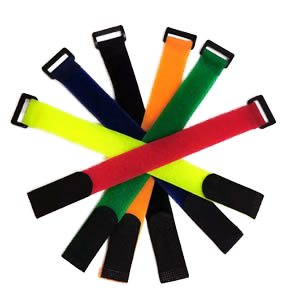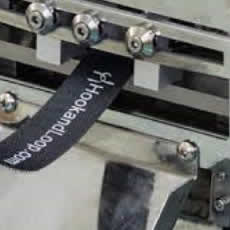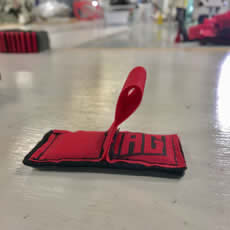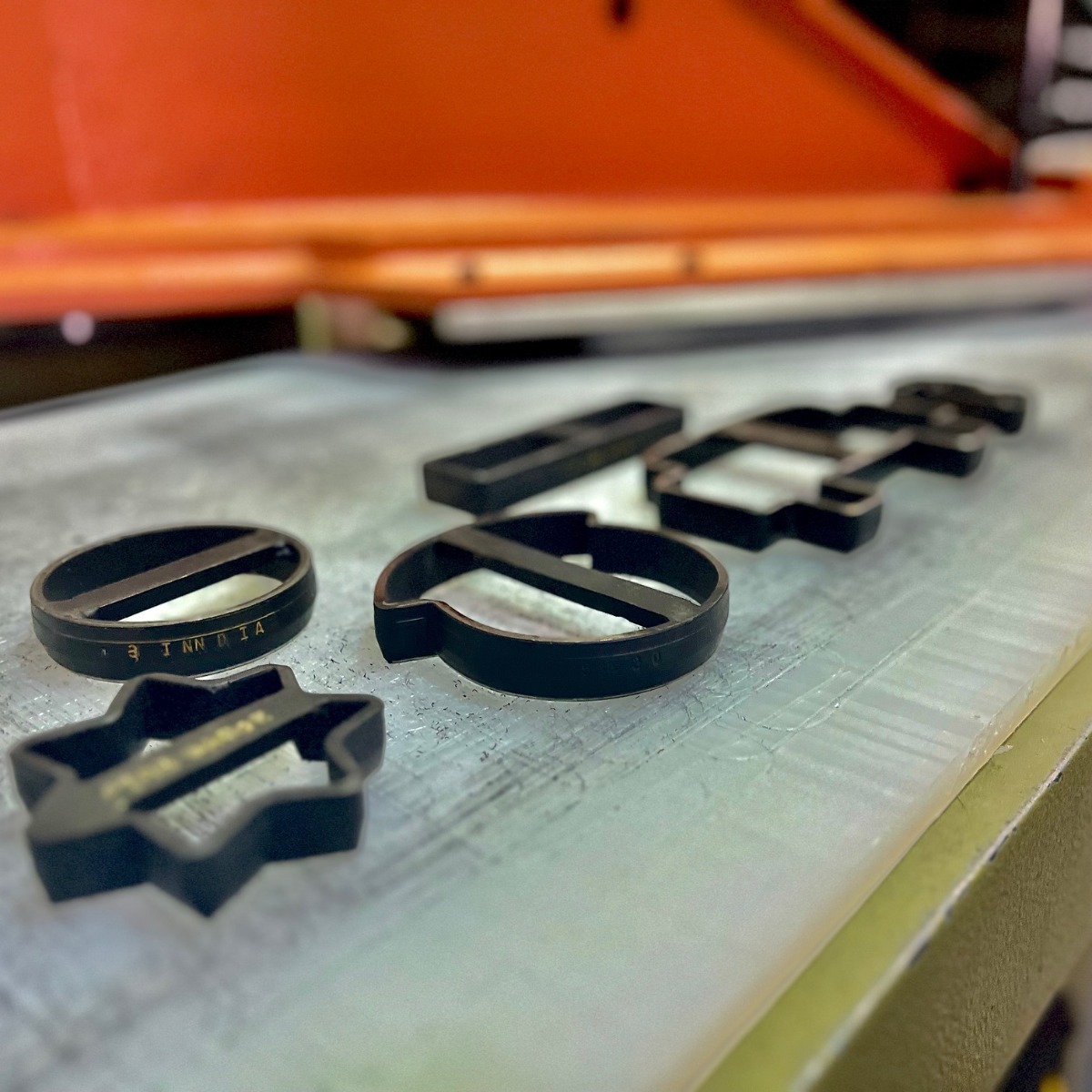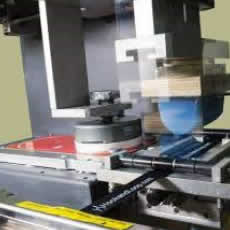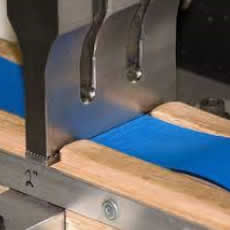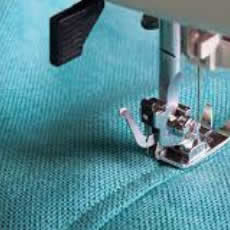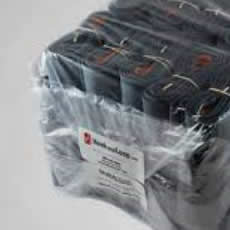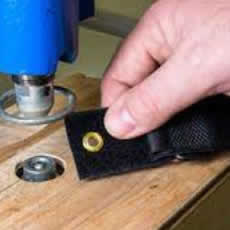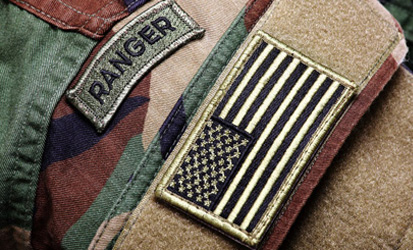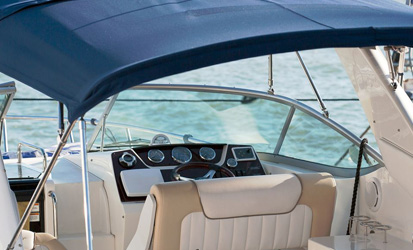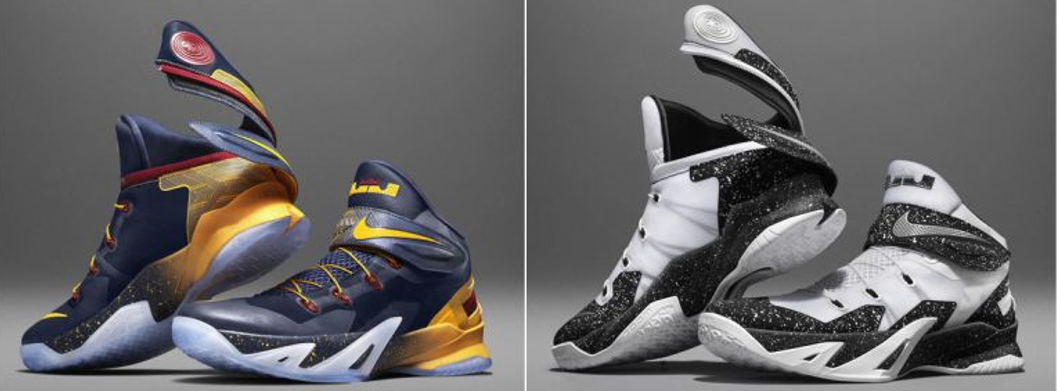When you need webbing for home, work or school use, it is important to know the best varieties for different purposes. Webbing is a durable woven fabric available in an assortment of widths and thicknesses for use on:
- Camping gear – straps and handles on tents and sleeping bags
- School supplies – shoulder straps on backpacks
- Military gear – waterproof belts and straps
- Furniture – outdoor items such as chairs and chaises
- Vehicle safety – seat belts and shoulder harnesses
- Pet supplies – leashes and collars
- Clothing – embellishments or functions
Polypropylene, Nylon and Polyester Webbing Products
Manufacturers of webbing can use materials made of polyester, nylon or polypropylene that offer different benefits. Artificial fibers are routinely used because the materials resist decay in wet weather conditions. It is possible to find tubular and flat webbing products in just about any color, and many manufacturers create this fabric in multicolor designs such as stripes, camouflage or checkered patterns.
Polypropylene Webbing
Polypropylene has become a popular choice for webbing because it is easy to source and is colorfast even when exposed to frequent sunlight. The chemical nature of polypropylene allows the fibers to float on water, making it especially attractive for use on marine supplies. Polypropylene webbing resists degradation from glues and solvents to provide a material that withstands harsh treatment. It is far and away the most common webbing.

Advantages of Polypropylene Webbing:
- Water-Resistant: Polypropylene webbing doesn’t absorb water, making it ideal for outdoor or marine applications.
- Lightweight: It’s lighter than other materials like nylon, making it easier to carry for certain uses.
- Cost-Effective: Typically, less expensive compared to nylon or polyester.
- Resistant to Chemicals and Mold: This material holds up well when exposed to chemicals, mildew, or other harsh environments.
- Non-Stretching: Polypropylene has minimal stretch, which is beneficial for applications where maintaining tension is important.
- UV Resistant: Polypropylene can resist UV rays to a certain extent, which is helpful for outdoor use.
Disadvantages of Polypropylene Webbing:
- Strength: While durable, it’s not as strong as nylon or polyester, especially in high-tensile-strength applications.
- Abrasion Resistance: Polypropylene is not as abrasion-resistant as nylon, so it may wear down more quickly when rubbed against surfaces.
- Melting Point: It has a lower melting point compared to other materials, making it unsuitable for high-heat environments.
What is the difference between polypropylene webbing and nylon webbing?
Polypropylene webbing and nylon webbing are two of the most commonly used materials in a wide range of applications. While both are versatile and durable, they have significant differences that make them suitable for specific purposes. Here's a detailed comparison:
- Water Resistance
- Polypropylene Webbing: It is highly water-resistant and does not absorb moisture, making it ideal for outdoor use and marine environments. It also dries quickly when exposed to water.
- Nylon Webbing: Nylon tends to absorb water, which can weaken the material over time if used in consistently wet conditions. This absorption can also cause the webbing to become heavy when wet.
- Strength and Durability
- Polypropylene Webbing: Although durable, polypropylene is not as strong as nylon. It has a lower tensile strength, making it less suitable for heavy-load applications.
- Nylon Webbing: Nylon is significantly stronger, with a higher tensile strength, making it ideal for heavy-duty applications like climbing harnesses, cargo straps, and safety belts.
- Abrasion Resistance
- Polypropylene Webbing: It has moderate resistance to abrasion, but it can wear down more quickly in high-friction environments.
- Nylon Webbing: Nylon excels in abrasion resistance, making it more durable in applications where the material is subjected to rubbing or frequent contact with rough surfaces.
- Weight
- Polypropylene Webbing: Lighter than nylon, polypropylene is often used when weight reduction is essential, such as in backpacks, camping gear, and pet collars.
- Nylon Webbing: Heavier than polypropylene, but the extra weight is often justified by its increased strength and durability.
- UV Resistance
- Polypropylene Webbing: Polypropylene offers good resistance to UV rays, which makes it suitable for prolonged outdoor exposure without degrading quickly.
- Nylon Webbing: Nylon is more susceptible to UV damage over time, so it may weaken or deteriorate when used for extended periods outdoors unless it has a UV-resistant coating.
- Cost
- Polypropylene Webbing: Generally less expensive, polypropylene webbing is a more cost-effective solution, especially for lightweight or temporary uses.
- Nylon Webbing: More expensive due to its strength and durability, nylon webbing is typically used in high-performance and long-lasting applications.
- Melting Point
- Polypropylene Webbing: It has a lower melting point, meaning it’s not suitable for high-temperature applications or environments.
- Nylon Webbing: Nylon has a higher melting point, making it more heat-resistant and suitable for applications where it may be exposed to heat or friction.
- Stretch
- Polypropylene Webbing: Polypropylene has very little stretch, maintaining its shape and tension better over time.
- Nylon Webbing: Nylon is more elastic and can stretch slightly, which is beneficial in some applications where flexibility and shock absorption are needed.
Overall, polypropylene webbing is better for lightweight, water-resistant applications where cost is a concern and UV exposure is frequent. Nylon webbing, on the other hand, is the go-to choice for high-strength, abrasion-resistant, and load-bearing uses, though it is more expensive and absorbs water.
Polypropylene vs Polyester – What’s the Difference?
While both materials are used in outdoor gear, they offer different strengths. Polypropylene is more water-resistant and cost-effective, while polyester performs better under UV exposure and higher temperatures. Polyester also maintains better shape retention and doesn't stretch as much. Depending on your application—marine, industrial, or outdoor—this distinction can guide your material selection.
Nylon vs Polyester Webbing
Nylon webbing became well known during the 1940s to use on a variety of military goods but is not as long lasting and strong as polypropylene materials. It is also possible to purchase polyester webbing that resists moisture to remain durable in wet conditions. While polyester is less expensive than polypropylene, it is not as durable and does not have the same type of properties such as floating on water. Webbing made of polyester fiber will not absorb water but withstands high temperatures while remaining soft and pliable.
Is Polypropylene the Same as Nylon?
No, polypropylene and nylon are not the same. While both are synthetic materials used for webbing and other products, they have distinct differences:
Polypropylene:
- Water Resistance: Highly water-resistant and doesn’t absorb moisture.
- Weight: Lighter than nylon.
- Strength: Not as strong as nylon, with lower tensile strength.
- Cost: Generally cheaper.
- UV Resistance: More resistant to UV rays.
- Applications: Ideal for lightweight, water-resistant outdoor gear.
Nylon:
- Water Resistance: Absorbs water, which can weaken it over time.
- Weight: Heavier than polypropylene.
- Strength: Stronger and more durable, especially under heavy loads.
- Cost: More expensive.
- UV Resistance: Less resistant to UV exposure.
- Applications: Suitable for high-strength, heavy-duty uses like climbing gear and safety harnesses.
Polypropylene is better for water and UV resistance, while nylon is stronger and better for heavy-duty applications.
What is the Best Webbing for Outdoor Use?
The best webbing for outdoor use depends on specific needs:
- Polypropylene Webbing: Lightweight, water-resistant, UV-resistant, and affordable. Ideal for general outdoor gear like backpacks, camping equipment, and water sports.
- Nylon Webbing: Strong and abrasion-resistant but absorbs water. Best for heavy-duty use like climbing harnesses, cargo straps, and safety gear.
- Polyester Webbing: Combines strength and UV resistance with minimal water absorption. Great for outdoor furniture, hammocks, and sailboat rigging.
- Kevlar/Dyneema Webbing: Ultra-strong and lightweight, used in extreme conditions like mountaineering and military gear.
For most outdoor activities, polypropylene or polyester works best for water and UV resistance, while nylon is better for high-strength needs.
Hook and Loop Applications
For hook and loop applications, webbing is most commonly used to reinforce straps. Sewn straps are used in a variety of industries where the environments may be intense and the application is rugged such as in K9 unit training and building antennae rigs. It is also used on clothing designed for the disabled or on lightweight medical braces.
What Are Straps Made Of?
Straps used in webbing and hook-and-loop applications are typically made of synthetic fibers such as polypropylene, nylon, or polyester. These materials are chosen for their durability, flexibility, and resistance to moisture or UV rays. Depending on the use—be it load-bearing harnesses, pet collars, or outdoor gear—the material plays a critical role in performance and longevity.
Additional FAQs:
Q. Which is stronger: polypropylene or nylon?
A. Yes, polypropylene webbing is UV resistant, making it suitable for prolonged outdoor use.
Q. Polyamide vs nylon: Are they the same?
A. Yes, polyamide and nylon are the same. "Nylon" is the common name for synthetic polymers classified as polyamides.
Q. Why is nylon called polyamide?
A. Nylon is called a polyamide because it is a type of polymer made up of repeating units linked by amide bonds. The term "polyamide" refers to the chemical structure of the material, where "poly-" means many, and "amide" refers to the specific type of bond that forms between the monomers. Nylon, being a synthetic polyamide, has this characteristic amide linkage in its molecular structure.
Q. Is polypropylene webbing UV resistant?
A. Yes, polypropylene webbing is UV resistant, but its resistance may degrade over extended exposure to intense sunlight.
Q. Which webbing type is more resistant to UV exposure, nylon, or polyester?
A. Polyester webbing is more resistant to UV exposure than nylon. While both materials are durable, polyester retains its strength and color better when exposed to prolonged sunlight, making it a better choice for outdoor applications. Nylon, on the other hand, tends to degrade more quickly under UV exposure unless treated with UV inhibitors.
Q. What is the difference between polypropylene fabric and polyester?
A. Polypropylene is more water-resistant and lighter, while polyester is stronger and more UV-resistant. Polyester also withstands higher temperatures.
Q. Is polypropylene the same as nylon?
A. No, polypropylene and nylon are different. Nylon is stronger and better for heavy-duty applications, while polypropylene is lighter and more water-resistant.
Q. Which is stronger – nylon or polyester?
A. Nylon is typically stronger and more elastic, while polyester offers better UV resistance and shape retention.
Q. What is polyester used for?
A. Polyester is used in outdoor furniture, seatbelts, and sail rigging due to its strength, UV resistance, and low water absorption.
Q. Which is better, polyester or polypropylene?
A. Polyester is stronger and more UV-resistant. Polypropylene is lighter, water-resistant, and more affordable. Choose polyester for durability and strength, and polypropylene for water resistance and budget-friendly projects.
Q. Which is safer: polypropylene or polyester?
A. Both are safe. Polypropylene is slightly better for skin or food contact. Polyester handles heat better.


